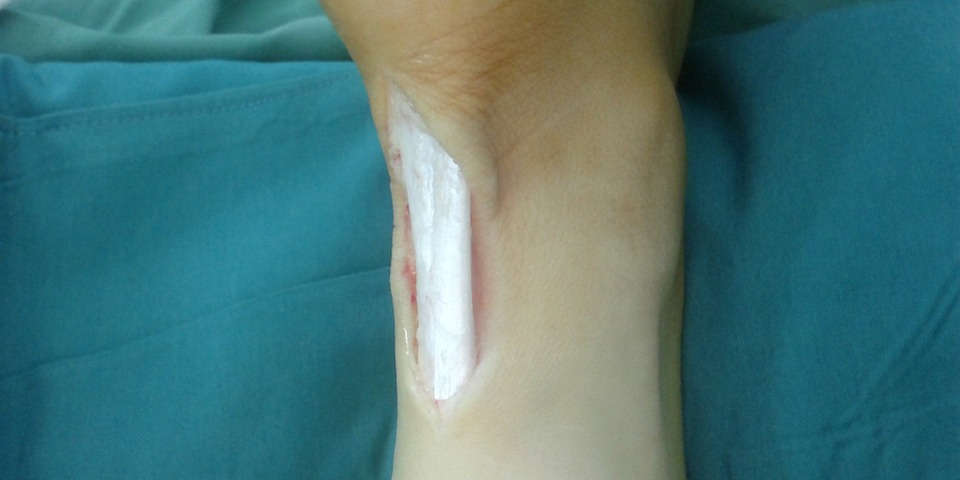Achilles Tendon Repair: What Patients Need to Know

7 Signs You Need to Go to Your Doctor for Achilles Tendon Repair [Infographic]
December 18, 2023
What is Achilles Tendon Repair Surgery?
January 12, 2024The Achilles tendon, a vital band of tissue connecting the calf muscles to the heel bone, is pivotal for basic movements like walking, running, and jumping. However, its crucial role also makes it susceptible to injuries, which, in severe cases, necessitate surgical Achilles tendon repair.
This article sheds light on everything patients should know about Achilles tendon repair, from understanding the injury to the recovery process. Then, you may choose the best doctor for Achilles tendon repair in Houston.
Understanding Achilles Tendon Injuries
Injuries to the Achilles tendon can range from mild strains to complete ruptures. These injuries are often caused by overuse, especially in athletes, or can suddenly happen due to increased physical activity. Signs of an injury include pain, swelling, and difficulty in movement. A sudden “popping” sound may indicate a complete rupture at the injury moment.
Diagnosing Achilles Tendon Injuries
Diagnosing an Achilles tendon injury usually involves a physical examination. Doctors might perform tests like the Thompson test, where they squeeze the calf muscle to see if the foot moves as desired. Imaging tests such as an MRI or ultrasound are commonly used to confirm the injury’s extent.
When is Surgery Necessary?
Surgery is considered when the Achilles tendon is completely torn or if the injury doesn’t respond to non-surgical treatments. The decision also depends on the patient’s age, activity level, and overall health.
Preparing for Achilles Tendon Repair Surgery
Before surgery, patients may need to undergo preoperative tests, such as blood work and heart monitoring, before surgery to ensure they’re fit. Discussing with the surgeon about the procedure, potential risks, and recovery expectations is crucial. Patients should also arrange for help at home during the initial recovery phase post-surgery.
The Surgical Procedure
Achilles tendon repair surgery typically involves making an incision in the back of the leg and stitching the torn tendon back together. Newer, minimally invasive techniques involve smaller incisions and may reduce recovery time. The specific surgical approach depends on the injury’s nature and the surgeon’s expertise.
Post-Surgery Recovery
Recovery from Achilles tendon repair surgery is a gradual process. Initially, the leg may be immobilized in a cast or boot to facilitate healing. Physical therapy is a crucial part of recovery, helping to restore strength and flexibility to the tendon and surrounding muscles.
Physical Therapy and Rehabilitation
Physical therapy typically starts a few weeks after surgery. It involves exercises to improve mobility and strength gradually. The duration of physical therapy varies but is crucial for a successful recovery.
Returning to Normal Activities
The timeline for returning to normal activities varies depending on the surgery’s extent and the individual’s healing process. It can take several months to a year to fully recover and return to high-impact activities like sports.
Preventing Future Injuries
Preventing future Achilles tendon injuries involves maintaining good physical fitness, proper stretching before activities, and avoiding sudden increases in exercise intensity.
Summing Up
Achilles tendon repair surgery is a significant procedure but can be highly effective in restoring function after an injury. Understanding the process, preparing for surgery, and committing to rehabilitation is key to a successful recovery.
Always consult with healthcare professionals for personalized advice and treatment plans.



